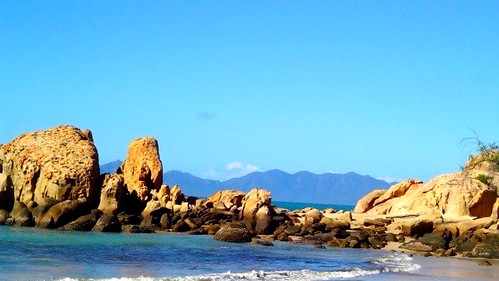Orica urges open mind on nuclear as Bowen defends wind
Bowen #Bowen

“I am sure the private sector will do it, to see if that is a viable option.
“It’s one of the most cost-effective ways and the lowest carbon footprint in terms of energy generation, so it is not to be underestimated, nuclear energy.”
Mr Bowen has refused point-blank to countenance the adoption of small modular reactors, saying they are too expensive and their technology not sufficiently advanced. On Monday, he released departmental figures claiming it would cost $387 billion to replace Australia’s current entire coal-fired generation with SMRs.
Mr Dutton has disputed the figure and on Tuesday said the $1.2 trillion to $1.5 trillion cost of a transmission network on the east cost to carry solar and wind power meant renewables were more expensive than the government was letting on.
“So if you think your electricity bill is expensive now, another two, or three, or five years down the track you’re going to be paying much more than what you’re paying now,” he said.
Mr Dutton said SMRs could replace coal-fired power stations and be plugged into existing infrastructure.
“I don’t believe for a moment that Labor can get to zero emissions by 2050 with their current energy mix,” he said.
Mr Bowen, who on Monday suggested the government may not meet its target of 82 per cent renewables by 2030, is facing community blowback against large transmission and renewable projects popping up across the eastern states.
On Tuesday, he met community leaders in Newcastle amid concerns that a global wind farm 30 kilometres off the coast would destroy views.
Mr Bowen said offshore wind farms were important because the wind often blew at different times at sea than it did on land and this helped with continuity of supply.
“It also tends to be windy in the evening when solar is turning down, so it’s very useful for stabilising our grid,” he said.
“It’s very energy-rich. One turn of one turbine powers as much energy as the solar panels on your roof do all day.”
Mr Bowen said the project, designed to power 4.2 million homes, would create 3000 jobs during construction and 1500 jobs during operation.
“I understand people in the Hunter want to see action on climate change. They want to see local jobs created as well. These are things to be balanced.”
A Freshwater Strategy poll conducted in May for The Australian Financial Review found while solar (84 per cent), wind (74 per cent) and gas (56 per cent) were the favoured energy sources, 35 per cent supported nuclear power and 35 per cent were opposed, which were the same numbers for coal.
Greens and Labor voters supported nuclear energy more than they did coal.